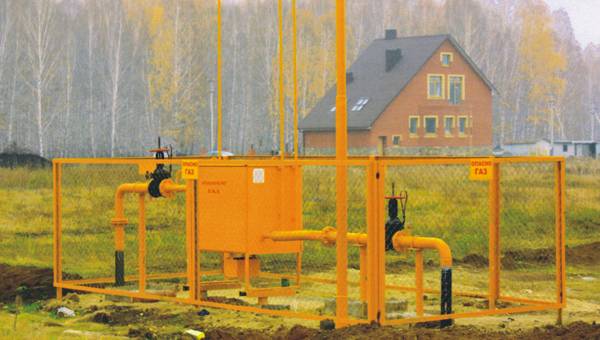
Photo: https://zarplatto.ru/
The Baikal region, Krasnoyarsk territory, Buryatia, and Transbaikal have been included in the pilot project for installing gas services to populated areas. Locals will not have to pay for the construction of inter-settlement gas pipelines. Meanwhile, these areas are not listed in the general scheme of gas supply to the Russian constituent entities.
For many Russians, gas is a real “pipe dream.” It is easier in service, cheaper, and, the most importantly, more environmentally friendly. People are watching the news about how another Nord Stream is being built in the country for exporting gas, and here the question arises: why Russian gas is hold in store for anyone but the Russians? The situation with gas installation is relatively favorable in the European part of the country, in the Urals and Western Siberia. That is because there is still the Soviet infrastructure. In other regions, the situation with gas services, as with many other things, is more difficult.
At the same time, there are instructions from the Russian President Vladimir Putin on accelerating the development of gas infrastructure. There is a roadmap of the Russian Ministry of Energy and many other important program documents.
Earlier, Gazprom said that the construction of the main gas pipeline was only half of the work. After all, it is necessary to lay many pipe lines to towns and villages. If a region has a large territory, the works will be even more expensive there. At the end of May, the Ministry of Energy said that this problem would be solved with the help of the establishment of regional operators. They would build distribution networks. In other words, the "last mile" issue will be fixed. People will only have to pay quite manageable sums for the pipes within their area.
"The establishment of the single gas operator will help close the issue of financing and building gas pipelines to the borders of areas. Accordingly, the funding will become the area of responsibility of the operator. There is an ongoing discussion about the sources of funding," said Nikolai Shulginov, the Russian Minister of Energy. Sergei Gustov, the head of Gazprom Mezhregiongaz, who had earlier estimated the whole program at almost 1 trln rubles ($13.62 bln.) Trunk pipelines will cost 526 bln rubles ($7.16 bln.) Another 354 bln rubles ($4.82 bln) are needed for additional distribution networks.
The Russian government has chosen 15 regions to participate in this pilot programme. Regional operators will be introduced in the Amur, Arkhangelsk, Irkutsk, Kurgan, Moscow, Murmansk, Pskov, Tyumen, and Chelyabinsk regions, in the Transbaikal, Krasnoyarsk, Perm, and Primorsky territories, and also in the Republics of Dagestan and Buryatia.
Somewhere this news was gladly accepted. However, in Eastern Siberia, it caused perplexity. It is explainable if one just looks at the scheme of gas installation in the Russian regions for 2021-2025. The entire network of gas pipelines ends at the border of Kuzbass and the Krasnoyarsk territory. They do not exist on the map. The same truth is of the Irkutsk region, Buryatia and Transbaikalia, as well as the republics of Khakassia and Tuva that are not even included in the pilot project. Gazprom certainly has no plans to build anything there in the next few years. It is possible to lay inter-settlement pipe lines in the air. So, the East Siberian regions are solemnly given a cover for an iPhone. But they will never get the iPhone itself.
The regional authorities are constantly holding talks with Gazprom tо observe formalities. Sometimes there is even encouraging news like last year's statement by Krasnoyarsk Governor Alexander Uss that the Power of Siberia-2 would be built only a few dozen kilometers from Krasnoyarsk and that the issue moved off dead center. Then Gazprom published the map of gas pipelines with no Siberia there and no explanation. Other governors' relations with Gazprom are more or less the same.
The situation in the Baikal region is a little more optimistic. The Russian authorities have ideas to use at least liquefied natural gas (LNG.) "As for small-scale projects, Yakutia, the Amur region, Murmansk region, Karelia, Leningrad and Pskov regions, and Tomsk, Kemerovo and Irkutsk regions are among the most promising regions for the development of autonomous LNG services," Deputy Prime Minister Alexander Novak said in late March.
In an interview with wek.ru experts could not explain how the pilot construction of inter-settlement networks was linked to the absence of a main gas pipeline.
"Probably, documentation was prepared with low quality," one of them said.
Gazprom again and again shows its real attitude to the Russian residents. “Perhaps, the authors of the documents have traditionally confused the Krasnoyarsk and Krasnodar territories," said another expert.
